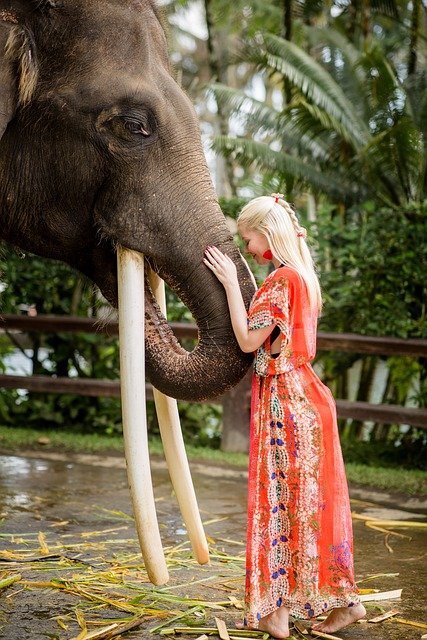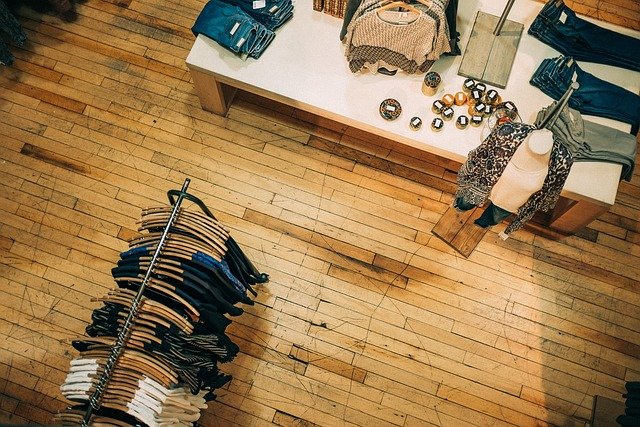
Sustainable Fabrics: The Future of Fashion
As the fashion industry evolves, one of the most pressing topics on the agenda is sustainability. With the environmental impact of fast fashion becoming increasingly apparent, designers and consumers alike are turning their attention to sustainable fabrics as a way to create a more eco-friendly future.
What Are Sustainable Fabrics?
Sustainable fabrics are materials that are produced with minimal environmental impact, often using renewable resources, non-toxic processes, and ethical labor practices. These fabrics can be made from organic materials, recycled items, or innovative alternatives that reduce waste and energy consumption.
Types of Sustainable Fabrics
Organic Cotton: Grown without synthetic pesticides or fertilizers, organic cotton is a popular choice for eco-conscious brands. It uses less water and promotes biodiversity.
Tencel (Lyocell): Made from sustainably sourced wood pulp, Tencel is produced in a closed-loop process that recycles water and solvents. It’s biodegradable and has a soft, luxurious feel.
Hemp: One of the most sustainable crops, hemp requires little water and no pesticides. It grows quickly and enriches the soil, making it an excellent choice for eco-friendly clothing.
Recycled Polyester: Made from post-consumer plastic bottles, recycled polyester helps reduce plastic waste and can be recycled again, closing the loop on textile production.
Bamboo: This fast-growing plant is used to create soft, breathable fabrics. However, it’s essential to choose bamboo fabrics that are processed sustainably to minimize environmental impact.
Why Choose Sustainable Fabrics?
Environmental Impact: By opting for sustainable fabrics, we can significantly reduce pollution, water usage, and waste associated with traditional textile production.
Ethical Production: Many sustainable fabrics are produced under fair labor conditions, ensuring that workers are treated fairly and paid a living wage.
Quality and Durability: Sustainable fabrics often boast superior quality, leading to longer-lasting garments that reduce the need for frequent replacements.
Consumer Demand: As consumers become more aware of the environmental impact of their choices, there is a growing demand for sustainable fashion. Brands that embrace sustainable fabrics can attract a loyal customer base.
The Future of Fashion
The future of fashion is undeniably intertwined with sustainability. As designers, we have a responsibility to innovate and create clothing that not only looks good but also does good. By embracing sustainable fabrics, we can pave the way for a more ethical and environmentally friendly fashion industry.
Let’s work together to make sustainable fashion the norm, not the exception. Every choice counts, and with each sustainable fabric we incorporate into our collections, we take a step closer to a brighter, greener future.
Join the conversation! What are your thoughts on sustainable fabrics? Share your favorite eco-friendly brands below! 🌿✨

Upvoted! Thank you for supporting witness @jswit.
Downvoting a post can decrease pending rewards and make it less visible. Common reasons:
Submit
Downvoting a post can decrease pending rewards and make it less visible. Common reasons:
Submit